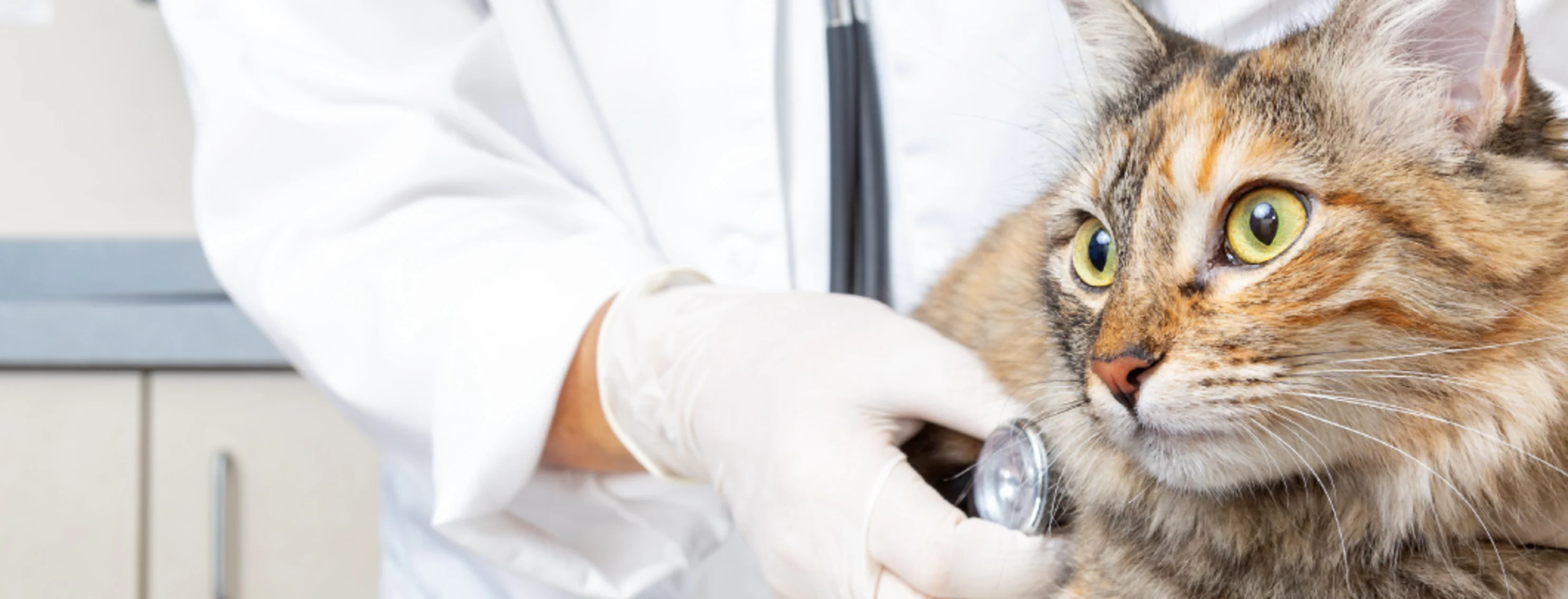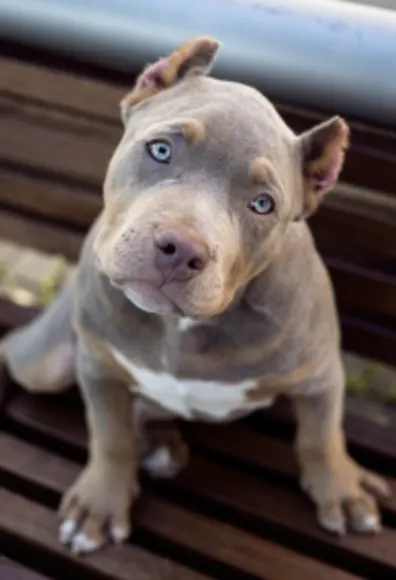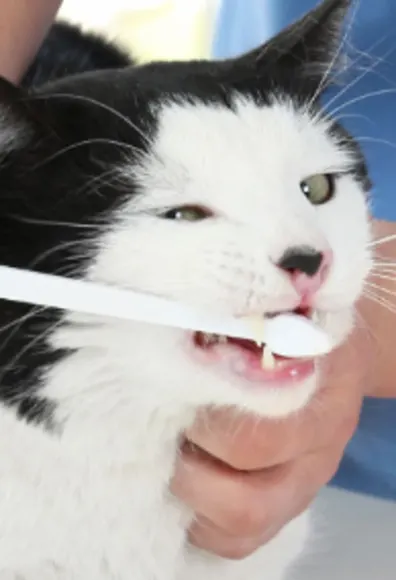East End Veterinary Medical Centre




Professional Care & Personal Service
Our clinic’s goal is to provide comprehensive medical, surgical, and dental care. We pride ourselves on our team’s love of animals and hope it is apparent in everything we do. We employ many different techniques to help reduce your pets anxiety and make your visit a more positive one.





